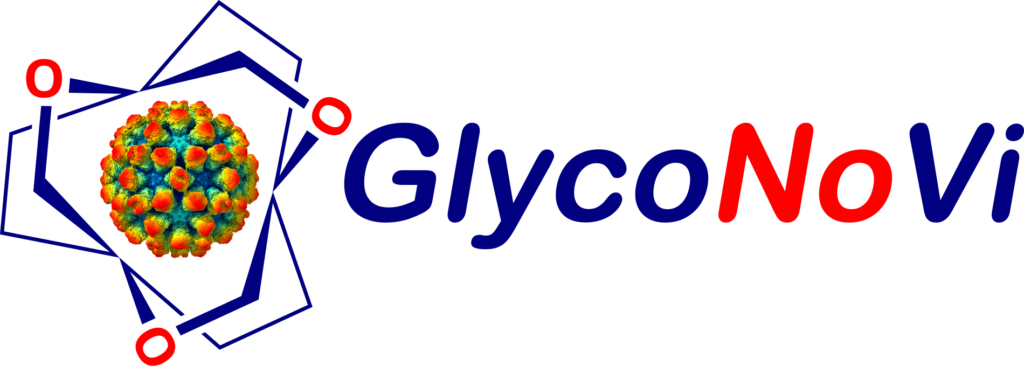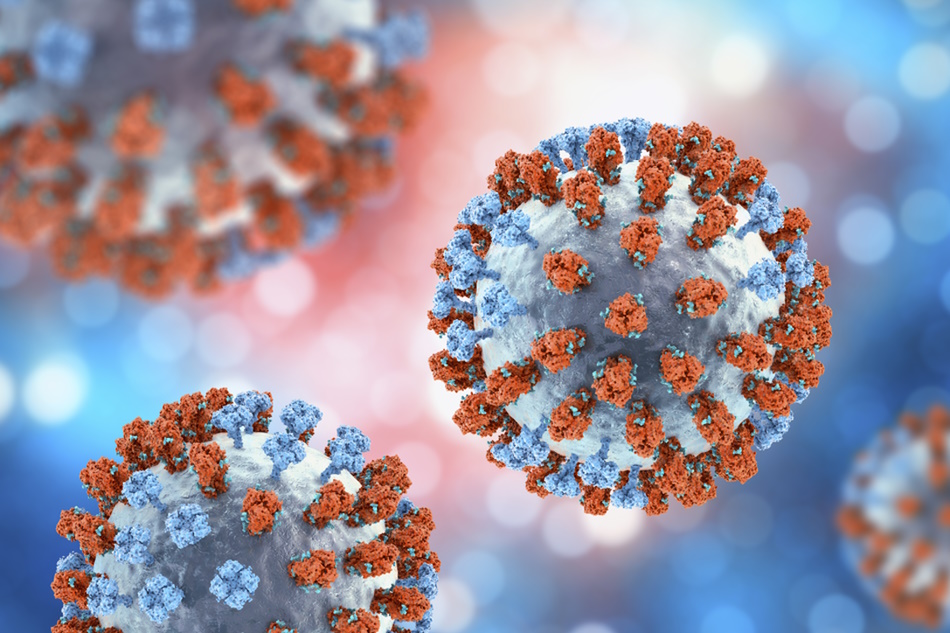
The Role of Glycans
Glycans are carbohydrate structures ubiquitously found on the surface of cells and take part in many biological processes, including cell signaling and neoplasia. Research on glycans is challenging in part due to the limited availability of biologically relevant synthetic glycans and to technical challenges in the analysis of glycan-protein interactions. Glycans also exhibit key roles in viral infections, mediating virus attachment and entry. Human noroviruses (NoVs) are the major cause of viral gastroenteritis and foodborne illnesses causing morbidity, mortality and economic losses
Norovirus Infections: A Threat to Vulnerable Populations and Global Health
NoV infections are self-limiting in healthy individuals but are associated with severe complications in immunocompromised individuals, the elderly and young children. In addition, frequently occurring new NoV genotypes and variants can cause large outbreaks and epidemics worldwide. Very little is known about NoV infections in most non-human hosts and the close genetic similarities between some animal and human NoVs leads to the realistic hypothesis that the virus might jump the species barrier triggering pandemic variants. Importantly, no therapy is currently available to treat or prevent NoV infections. The requirement for NoVs to attach to specific glycans to infect hosts’ tissues, and cells, has been well established but the underlying mechanisms remain to be elucidated.
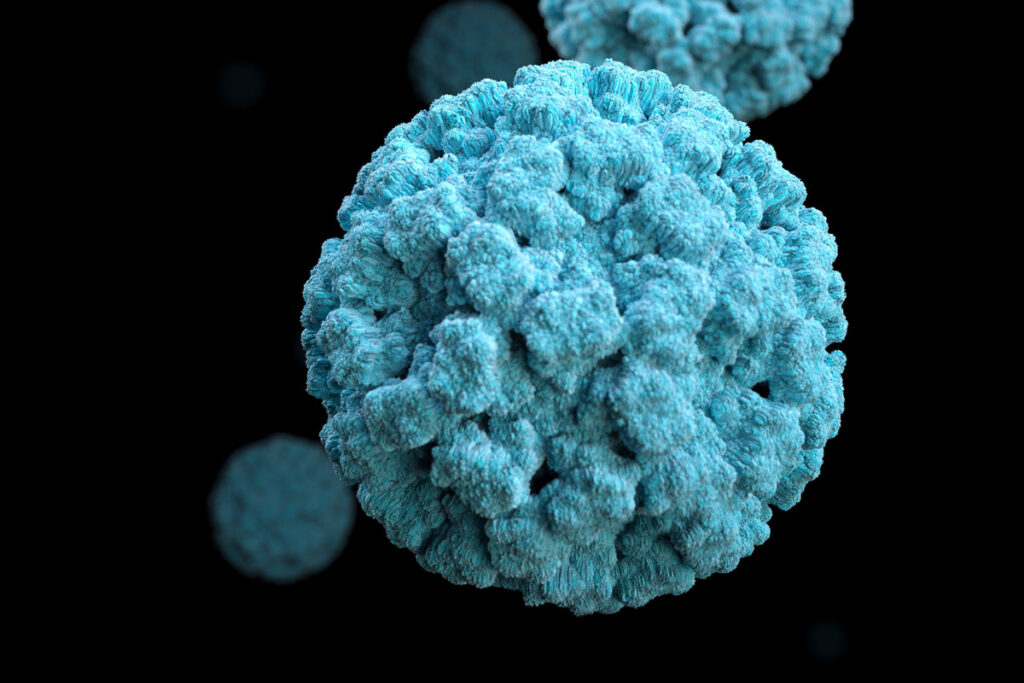
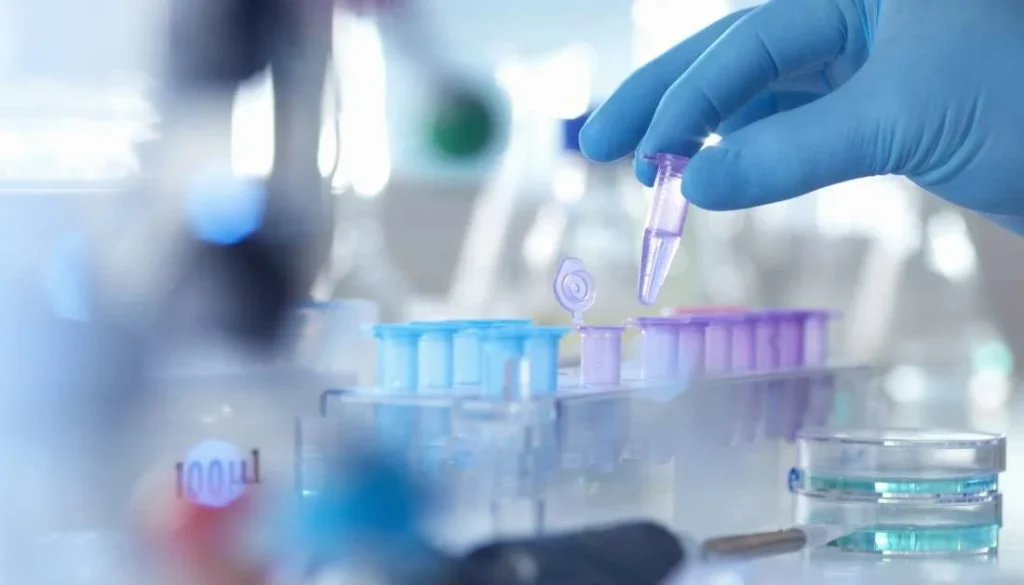
Elevating Research on NoV Glycan Interactions
Going beyond the state-of-the-art, the overall aims of GlycoNoVi is training 10 researchers to address knowledge gaps on NoV glycan interactions and investigate the exciting possibility of developing synthetic glycans as antiviral strategies to treat NoV infection. [DC2 position will be founded by UK and not by EU].
Collaborative Pursuit of NoV Research
These aims will be achieved bringing together 5 academic and 3 industrial leaders in glycoscience, glycovirology and NoV field and relying on a multidisciplinary and interconnected approach which is declinate in research-oriented WP1-5 and WP6-8 focused respectively on training, outreach and coordination.

